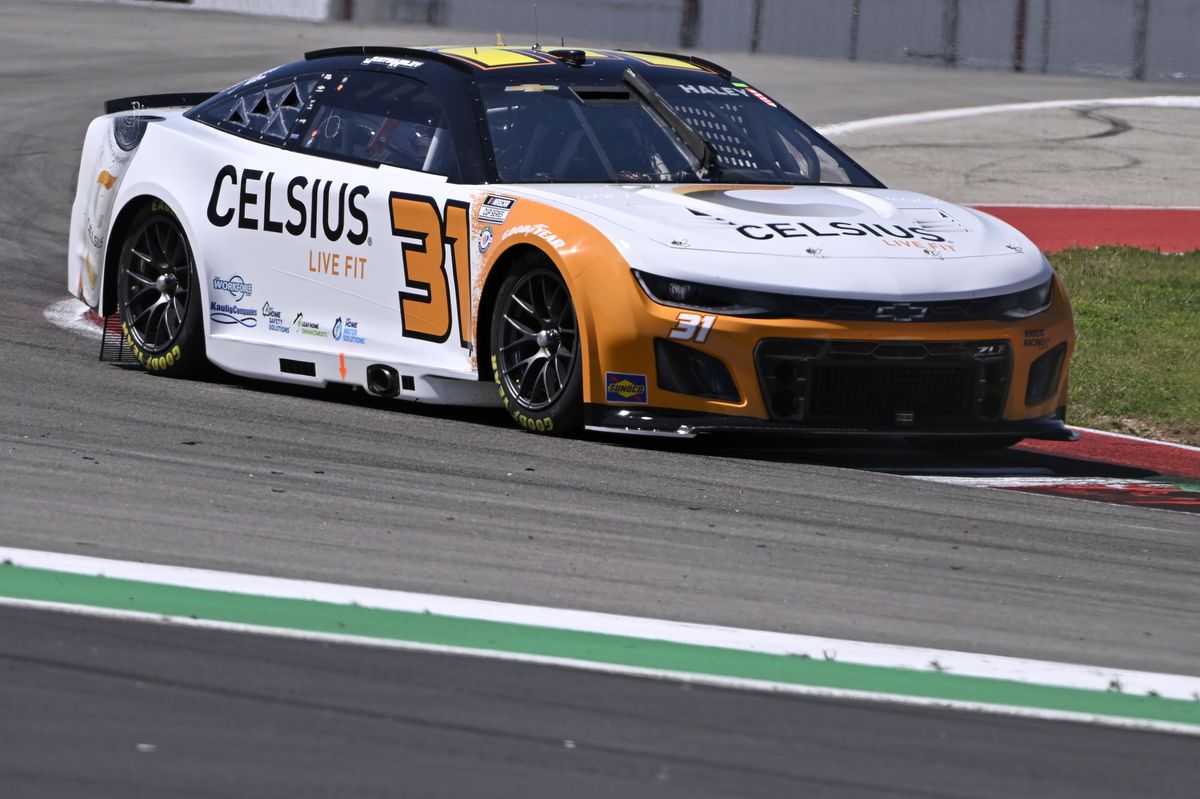The National Motorsports Appeals Panel on Wednesday reduced Kaulig Racing's 100-point "L2" penalty for non-standard aero parts to just 75 points, while keeping the original $100,000 fine, 10 playoff point penalty, and 4-week suspension for crew chief Trent Owens. All of that seems reasonable until you learn that Hendrick Motorsports appealed a similar penalty from similar infractions over four cars on the same day and had all of its points returned.
Because the NASCAR appeals process is not particularly transparent, it is not completely clear what exactly both Hendrick and Kaulig did to warrant a penalty in the first place. We know that both HMS and Kaulig had hood louvers confiscated, and we know that louvers were taken from all four Hendrick cars but only one of two Kaulig cars. FOX NASCAR reporter Bob Pockrass suggested that the actual infraction may be slightly different, but NASCAR's initial announcement did not clarify that difference and the appeals panel has not shared any reasoning for either decision.
That leaves one other significant variable, the group actually deciding the appeal. The National Motorsports Appeals Panel is made up of 20 people, largely made up of track-level executives, former drivers, and people who had previously served as executives at defunct organizations like Speed TV and CART. A group of three is chosen to hear each individual case. Kelly Housby, Dixon Johnston, and Bill Lester listened to the Hendrick appeal. Kaulig's case was heard by Hunter Nickell, Shawna Robinson, and Steve York.
By rule, the 75 points they chose to dock Kaulig were the minimum for an "L2" level penalty that included a points deduction. With Hendrick ultimately docked zero points, that leaves the conclusion that the first group of appeal officers thought all four Hendrick teams, despite all committing the same violation to the same part, did not meet the requirements for that tier of penalty. The second, unrelated group drawn from the same pool thought Kaulig's one violation did reach that tier.
If the standards were simply set by one group and enforced by another, this would already be a problem. The appeals committee would effectively represent a re-roll on any marginal penalty decision, a slim chance for the same evidence to go in front of different eyes and return a different result. The problems here are worse than that. Since the committee is not uniform, each individual set of three members of the panel is their own roll of those dice, each officiating from a unique perspective that we cannot guarantee is connected in any way to the thoughts of their peers. Combine that with the panel's decisions not to actually share what led to these rulings and you have no way to know where in that system it became clear that Hendrick's four-car juggernaut deserved a significantly less harsh penalty than the smaller team accused of the same violation.
With no way of knowing exactly what led to the differences in adjusted penalties, those of us observing from outside of the National Motorsports Appeals Panel are left thinking that the panel's structure did wrong by Kaulig. Fortunately, the team has some recourse: they will be advancing their appeal to the final stage, an appeal to a single officer. Unfortunately for all of us craving transparency, that final appeal is with one person who exists outside of the modern NASCAR ecosystem. Kaulig's fate now lies in whether or not yet another person without an expertise in the Next Gen spec part business model at the heart of this case feels the crushing points penalty is warranted.












